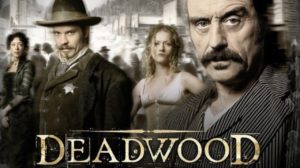
“I come to praise Deadwood, not to bury it.” – with apologies to William Shakespeare
Deadwood, the HBO show about the early days of Deadwood, SD, may have been the best television show I’ve ever watched. It was gritty and filthy and dark and violent, but it was also humorous and hopeful and endlessly entertaining. The characters were serious people who never took themselves too seriously, except, perhaps, Timothy Olyphant’s character, Seth Bullock. But even then, the other characters were sure to knock him down a peg or two when he became too serious.
The show ran on HBO from 2004-2006. A full-length Deadwood movie brought the series to a close in May 2019. Deadwood was created by David Milch, who also wrote several of the episodes. As I understand it, Deadwood was supposed to run a fourth season, but due to a dispute between HBO and the production company, the fourth season was never produced and the series became history.
Over the years, Deadwood’s popularity has grown. Fans clamored for another season. Producers were interested in doing another season, but the cast had gone their separate ways. Finally, Milch had the idea to produce a movie rather than another season of the show. His reasoning was, if he could bring the original cast back together (no small feat), it would be easier and less time consuming to produce a movie rather than a ten- or twelve-episode season. He also felt that if he couldn’t reunite the original cast, he wasn’t interested in re-visiting the show at all.
Let me digress here for a second to talk about David Milch. He started his career as a writer on Hill Street Blues, one of my all-time favorite shows. He co-created NYPD Blue with Steven Bochco, then went on to create two short-lived network cop dramas before creating Deadwood. I’m pre-disposed to like Milch because he has an MFA (University of Iowa) and he has published both fiction and poetry, but I’m blown away by the fact that he’s been involved in so many excellent, ground-breaking television shows.
In a moment, I’m going to be critical of Deadwood—both the series and the movie. But first, let me reiterate the fact that I loved the show, couldn’t wait to see either the next episode or (once it was announced) the movie, and I list it at or near the top of my list of favorite TV shows of all time. Deadwood is fantastic! But, I do have a couple quibbles with the show that I’d like to talk about.
During the third season, the writers introduced Jack Langrishe (played by Brian Cox), an actor and theater company owner. His troupe consisted of himself, two actresses, and one other actor who played a rather small role in the show. In addition, the troupe included an older, sickly gentleman who, when he was introduced to us, was on the verge of death, and who, in fact, died a short time later in a touching scene.
Jack was an old pal of Al Swearengen’s (played brilliantly by Ian McShane), and the writers had the two men spend some time together, reminiscing, but also planning to undermine George Hearst (Gerald McRainey). Another storyline involved the troupe buying Joanie Stubb’s (Kim Dickens) former brothel/schoolhouse, but truthfully, neither Jack’s friendship with Al nor his purchase of Joanie’s building was very important to the series.
The point I’m making is, I don’t understand why Jack and the theater troupe were ever brought into the show. They took up a considerable amount of screen time, but brought very little to the series. In fact, had they never been introduced, the show would have barely skipped a beat.
In hindsight, bringing this unimportant storyline into the show was a misstep by the writers. I get the sense that the characters were introduced, then the writers didn’t know what to do with them. They were moved around and given things to do, but almost without exception, their actions were inconsequential.
At one point, Jack meets George Hearst, who is suffering from a bad back. Jack tells George he knows a method that can ease George’s pain. George is interested, and Jack ends up working his magic on George. Jack is a bit of a charlatan, but George believes that his pain has been lessened. He’s interested in more treatments, but then that storyline goes by the wayside, never to be revisited. It’s not clear why Jack meets George or why Jack works on George’s back. My guess is that the writers had an idea, started to follow that idea, and then forgot that idea in the next episode.
To be fair, it is possible that this exchange between Jack and George was going to lead to something significant in the fourth season, but the fourth season never happened. I say “it’s possible,” but I don’t find it very likely. At the end of the third season, George leaves camp, so I’m not sure how he would interact with Jack during the fourth season. Despite my doubts, it is still possible.
Another storyline I felt was unnecessary was the introduction of Aunt Lou’s (Cleo King) son, Odell (Omar Gooding). The storyline surrounding Odell was that he had been sent away years earlier to live in Liberia, a country in Africa originally created for former slaves and free blacks. He comes back to the U.S (there seems to be some doubt that he ever left) and tracks down his mother in Deadwood. But it appears that he’s there less to see his mother than he is to interest her boss, George Hearst, in gold mining claims in Liberia. George appears interested and the two agree to meet up in New York to discuss it further. But on his way to New York, Odell is killed. It’s never clear if Hearst has him killed or not, but either way, he’s dead. Thus ends another seemingly unimportant storyline that has very little—if any—impact on the series.
A storyline I thought was a mistake was the love affair between Joanie Stubbs and “Calamity” Jane Canary (Robin Weigert). I don’t think a lesbian love affair was a mistake, but the way the affair was handled felt completely wrong. Deadwood takes place in the 1870s, a time when, to put it mildly, attitudes toward same-sex love affairs were not as advanced as they are today. Even so, everyone in the show seems to be completely accepting of the same-sex couple. The only rebuke I remember ever being made toward Joanie and Jane is made by Cy Tolliver (Powers Boothe), Joanie’s former boss, and presumably, former lover. His rebuke is mild and is the result of his own feelings for Joanie, not any ill feelings toward same-sex couples. Other than Cy, no one ever says anything to Joanie or Jane, despite the fact that they are at least semi-open about the affair.
Almost every facet of the series felt real, from the scenery to the characters to the language to the violence. But Joanie and Jane’s relationship—or rather, the other character’s reaction to their relationship—never felt real. It was one of the small black marks on an otherwise wonderfully written series.
That brings us to Deadwood: The Movie. I was slightly disappointed in the movie, but to be fair, my expectations were sky high, so, no matter how good the movie turned out, there was a good chance it wouldn’t live up to my unrealistically lofty expectations.
The movie takes place in 1889, ten years after the original series, and South Dakota is on the verge of statehood. Deadwood is going to be part of the new state (there were rumblings early on that Montana might annex Deadwood). George Hearst, now a US Senator from California, comes to town to welcome the area into statehood. While in Deadwood, he also wants to increase his land holdings. Hearst has invested in the installation of telephone lines, and he needs to get his hands on a piece of property owned by Charlie Utter (Dayton Callie), Wild Bill Hickok’s old friend, to complete the installation.
Meanwhile, Sol Starr (John Hawkes) and Trixie (Paula Malcomson) have a baby; old feelings return to Seth Bullock when Alma Garrett (Molly Parker) returns to town for the statehood festivities; Cy Tolliver dies (it’s never revealed how he dies) and leaves the Bella Union to Joanie, who re-kindles her affair with Jane; and Al Swearengen, who is still running The Gem, is in poor health and apparently dying.
I won’t ruin the movie for you, but there is one (okay, maybe three or four) things I’d like to discuss. In the opening scenes of the movie, Alma Garret and her daughter, Sofia (Lily Keene) get off the train in Deadwood along with a mysterious young woman. They are not together, but when two ruffians, who turn out to be guns hired by Hearst, proposition the young woman, Sofia comes to the girl’s rescue and whisks her away.
The young girl, Caroline Woolgarden (Jade Pettyjohn), turns out to be a prostitute who goes to work at The Gem. Johnny Burns (Sean Bridgers) takes a shine to her, and Trixie has a short interaction with her. Otherwise, her character adds very little to the film. I’m not sure why she is introduced or what function she’s supposed to play. Maybe the writers had an idea for her and it never panned out, but if that’s the case, why keep her character in the film? She turned out to be more of a distraction than an integral character.
Let me also say that as an avid viewer, I wanted to see Al Swearengen one last time at the height of his powers. I admit, it was a selfish wish on my part, but after waiting thirteen years for the film, I wanted to experience the crude, ruthless, funny, and in-control Al. I think a lot of fans of the series wanted to see that. What we got was a diminished Al, sick with an unknown ailment and barely able to get up and down the stairs at The Gem. Sure, he’s ten years older and, after living a hard life killing rivals and swilling whiskey day and night, it’s bound to take its toll. Hurray for realism! Forgive me for calling BS on the reaction to the Joanie-Jane relationship as unrealistic, and then doing the exact opposite with how Al’s character was handled, but when it comes to Al, Swearengen a character that was always larger than life, to hell with realism. I wanted the old, not the elderly, Al.
On a related note, why did Dan Dougherty (W. Earl Brown) play such a small role in the movie? As Al’s number one henchman, Dan played a big part in the first three seasons of the show. In the movie, did he ever move out from behind the bar? I don’t remember for sure, but I do know that he played a very small role in the movie. That’s disappointing. Dan was a colorful character who could have added a lot to the movie. As an example, since the writers decided for Al to play a reduced role due to his illness, Dan could have stepped forward to fill his boss’ shoes. Instead, he retreated into the background.
Finally, in season three, Doc Cochran (Brad Dourif) is deathly ill. He presumably has tuberculosis, as evidenced by uncontrollable coughing spells and spitting up blood. But ten years later, when the movie takes place, Doc Cochran is alive and well. What happened? How did he go from being on death’s doorstep to ten years later being healthier than ever?
I admit, it’s unrealistic for all of these questions and complaints to be addressed in a ninety minute movie, but I wanted so much more from the film. I wanted to relive the glory days of Deadwood, to see Al and Seth fight, then work together for the good of the town. I wanted some sort of closure to the various storylines. But the movie didn’t provide any closure. It was just another chapter in a great show, leaving open many questions and answering very few.
The movie may not have been quite satisfying, but it was still great to spend some time with these foul-mouthed characters in this dirty old town. I wanted more. But, regardless of my niggling complaints, what I got was still great.
God, I miss Deadwood.
UPDATE: I watched Deadwood: The Movie about eight months ago, and thought I’d re-watch it to see if my initial thoughts on the film were correct. I’m here to tell you, they were not, at least, not completely. I was wrong about the role that Al Swearengen played in the movie. Of course he was diminished. He was ten years old than he had been in the HBO series, and he was suffering from severe cirrhosis of the liver. For an additional ten years, every day, both day and night, Al poured whiskey down his throat. Of course it’s going to take it’s toll. To be sure, I missed the old Al, but after watching the movie again, I completely understand why the writers went with the diminished Al. It only made sense.
In addition, I was wrong about the role Dan Dority played in the film. He was more active and in more scenes that I initially remembered. I’ll still make the argument that he should have had more scenes, especially in light of the fact that Al wasn’t his old self, but the fact remains, Dan played a larger role than I initially indicated.

 I hate being sold anything. I like buying things, but I hate being sold things. That’s why I like the following two ads from Audi. Rather than telling me (and everyone else) what we should buy, Audi is telling us a story. They’re not beating us over the head with reasons their car is better than others or giving us other reasons to buy an Audi. Instead, they’re speaking to our emotions, telling us a compelling story about people we don’t know, but who we start caring about almost as soon as the story begins.
I hate being sold anything. I like buying things, but I hate being sold things. That’s why I like the following two ads from Audi. Rather than telling me (and everyone else) what we should buy, Audi is telling us a story. They’re not beating us over the head with reasons their car is better than others or giving us other reasons to buy an Audi. Instead, they’re speaking to our emotions, telling us a compelling story about people we don’t know, but who we start caring about almost as soon as the story begins.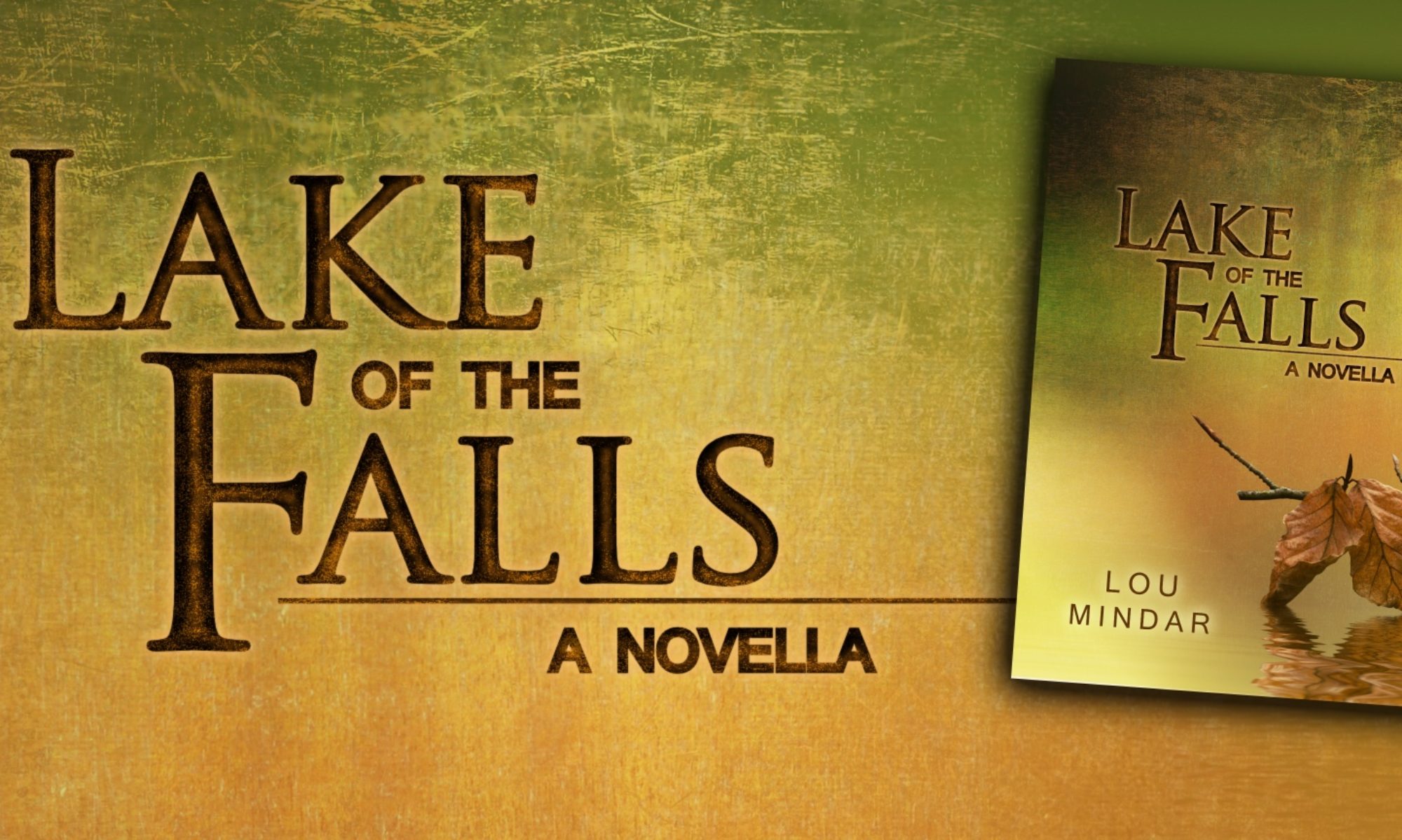
 I drive a lot, spending a good part of my life on the roads between Wisconsin, Tennessee, Florida and all the states in between. And I can tell you, there are some really bad drivers out on our highways. I’m constantly amazed at the ignorance people have for the rules of the road, as well as a lack of common decency. I don’t advocate road rage, but often, I can understand it.
I drive a lot, spending a good part of my life on the roads between Wisconsin, Tennessee, Florida and all the states in between. And I can tell you, there are some really bad drivers out on our highways. I’m constantly amazed at the ignorance people have for the rules of the road, as well as a lack of common decency. I don’t advocate road rage, but often, I can understand it.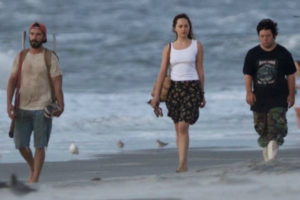 This is a story about two guys from different sides of the country who shared a single dream.
This is a story about two guys from different sides of the country who shared a single dream.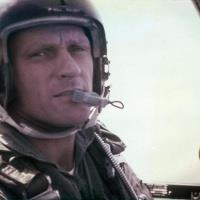 Roy Knight always knew he’d join the military. After all, it was kind of the family business. All five of his older brothers had joined the military before him and had fought in World War II. Roy was too young for the Second Great War, but that didn’t stop him from joining the Air Force just a few days past his seventeenth birthday in 1948.
Roy Knight always knew he’d join the military. After all, it was kind of the family business. All five of his older brothers had joined the military before him and had fought in World War II. Roy was too young for the Second Great War, but that didn’t stop him from joining the Air Force just a few days past his seventeenth birthday in 1948.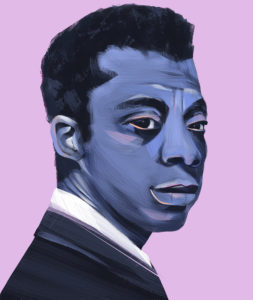 Had he lived, today would have been author James Baldwin’s 95th birthday. If you’ve never read Baldwin, do yourself a favor and pick up the short story, “Sonny’s Blues. If you’d like to read it online,
Had he lived, today would have been author James Baldwin’s 95th birthday. If you’ve never read Baldwin, do yourself a favor and pick up the short story, “Sonny’s Blues. If you’d like to read it online, 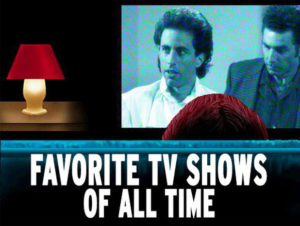 After writing a
After writing a  Just a quick post to give you an update on my next book. It’s tentative title is The Ones That Got Away and it’s about a guy who’s stuck in an unhappy marriage. He thinks he married the wrong woman and, through a little bit of time travel, he gets the chance to build a life with each of his previous three serious girlfriends (i.e., the ones that got away).
Just a quick post to give you an update on my next book. It’s tentative title is The Ones That Got Away and it’s about a guy who’s stuck in an unhappy marriage. He thinks he married the wrong woman and, through a little bit of time travel, he gets the chance to build a life with each of his previous three serious girlfriends (i.e., the ones that got away).
 Up until a year or so ago, I used to go hiking a lot. It was not unusual for me to be tromping out in the woods three or four days a week. When I’d travel, I’d often set aside a day to hike. Although the exercise was good, the results when on these unfamiliar trails was not always what I had planned.
Up until a year or so ago, I used to go hiking a lot. It was not unusual for me to be tromping out in the woods three or four days a week. When I’d travel, I’d often set aside a day to hike. Although the exercise was good, the results when on these unfamiliar trails was not always what I had planned.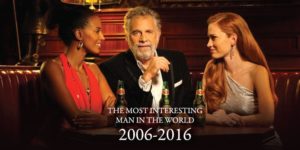 The Dos Equis Beer commercials that featured Jonathan Goldsmith as The Most Interesting Man in the World were brilliant. They were smart and funny, and always left me hoping that they would make more. Unfortunately, in 2016, Jonathan Goldsmith made his last Dos Equis commercial, and the beer-maker replaced him with Augustin Legrand, a tall and perfectly capable actor, but not the Most Interesting Man in the World. Dos Equis tried to prop up Legrand in the commercials by adding comic actor Rob Riggle, but it wasn’t enough. The Most Interesting Man in the World died a sad and unnecessary death as the commercials faded into history.
The Dos Equis Beer commercials that featured Jonathan Goldsmith as The Most Interesting Man in the World were brilliant. They were smart and funny, and always left me hoping that they would make more. Unfortunately, in 2016, Jonathan Goldsmith made his last Dos Equis commercial, and the beer-maker replaced him with Augustin Legrand, a tall and perfectly capable actor, but not the Most Interesting Man in the World. Dos Equis tried to prop up Legrand in the commercials by adding comic actor Rob Riggle, but it wasn’t enough. The Most Interesting Man in the World died a sad and unnecessary death as the commercials faded into history.